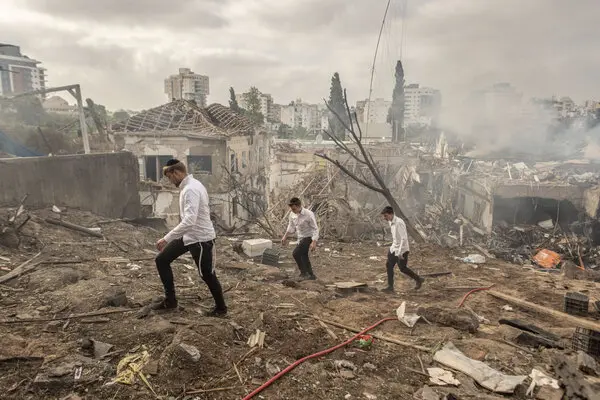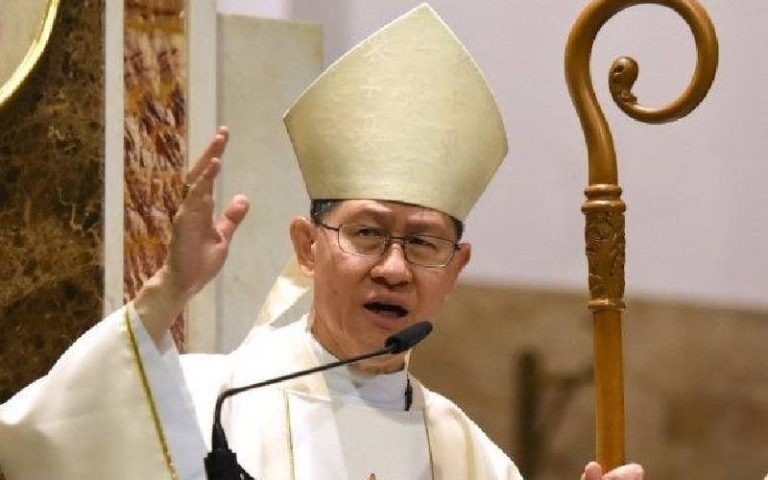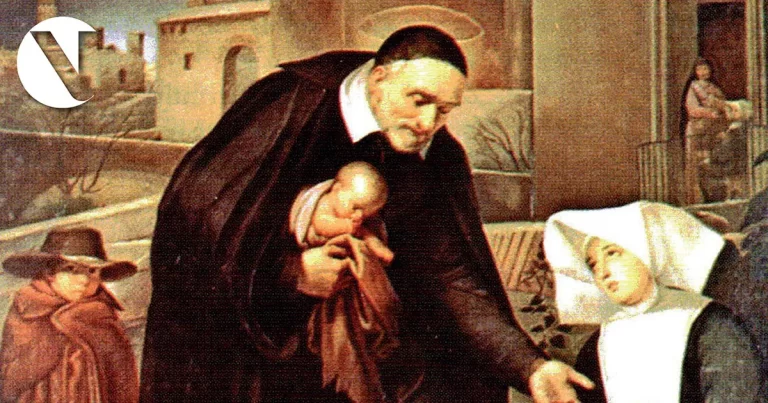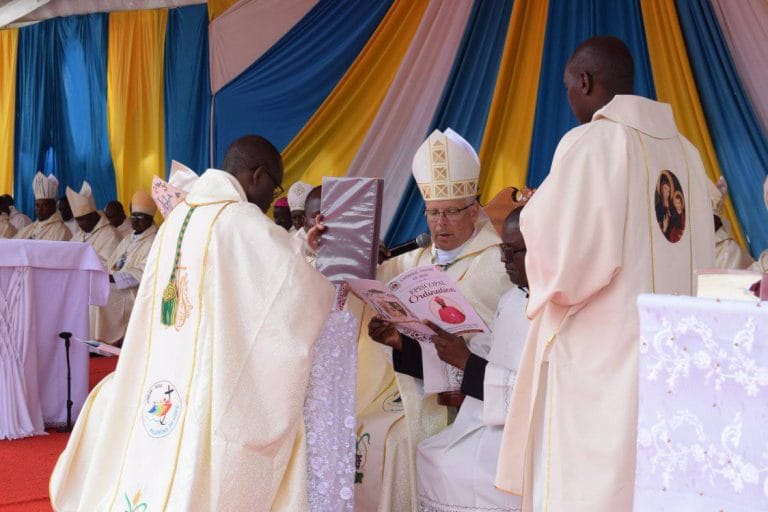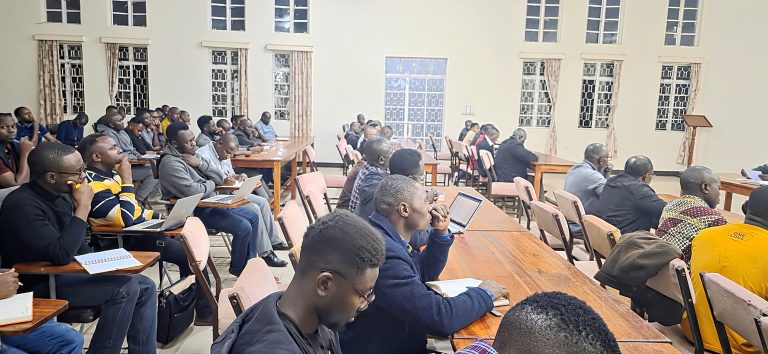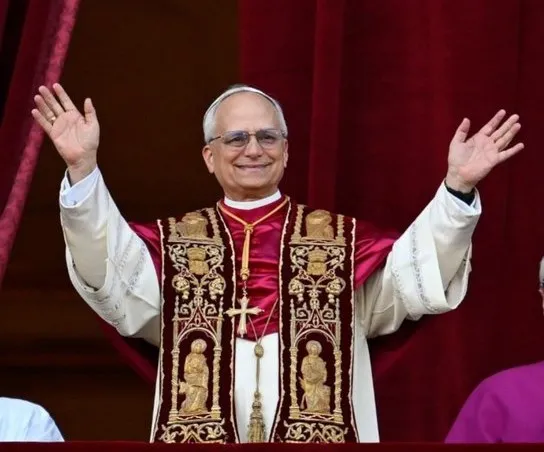Catholic Church has six stages occupied by people ordained to perform religious functions in the Church. The six levels of the clergy are transitioned in a way that involves the individuals working their way up the pyramid. However, not all reach the top hierarchy as per the Catholic doctrines. A good number don’t move past the second level.
Deacons
There are two types of Deacons in the Catholic Church, permanent and transitional.
Permanent deacons are ordained into the diaconate with the intent of remaining in the role
forever while transitional deacons are usually seminarians in the last stage of formation ready to be ordained into priesthood.
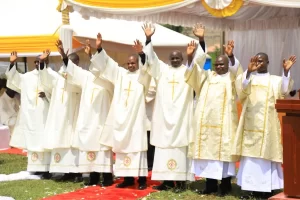
Deacons perform same roles as priests: baptize, witness marriages, and perform funerals
Priests
Deacons graduate to priesthood in ceremony presided over by a clergy of the rank of a bishop.
During the ceremony, they take oaths and swear to uphold the responsibilities that come with
priesthood.
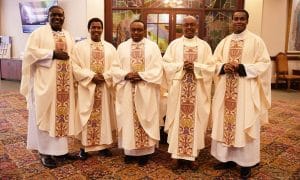
Priesthood comes with the privileges of celebrating the Holy Eucharist, presiding over
matrimonies, anointing of the sick, performing confessions et al.
There are also two categories of priests, Diocesan and Missionary priests. Diocesan priests serve within the proximity of their parishes and dioceses while missionary priests are designated to serve away from their dioceses, depending on the congregation they fall in.
Qualified priests are ordained as Bishops (Episcopal Ordination)
Bishops
Bishops hold the third level of the Holy orders. Required to be not less than 35 years old and
ordained at least five years prior, they are required to hold a doctorate in theology.
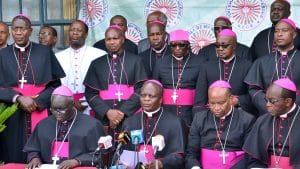
Normally, they are in charge of Dioceses which comprises of parishes. Upon reaching 75 years, they are required to tender their resignation to the Pope who later determines a suitable replacement.
Archbishops
Archbishops oversee vast areas called Archdioceses.
Archdioceses is a metropolitan comprising of more than two Dioceses in a certain geographical region. The bishops report directly to them when in need of guidance.
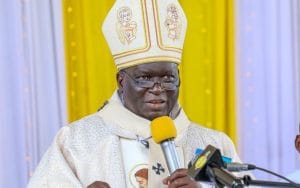
There are four Archdioceses in Kenya namely, Nairobi, Nyeri, Kisumu and Mombasa.
Cardinal
Cardinals are leading bishops and members of College of Cardinals. Their biggest duty is to vote for a new Pope, a ceremony referred to as the Papal Conclave. They are also given the privilege to advice the Holy Father and represent him at various events.
They also head the Catholic Archdiocese and Dioceses in the countries they hail from.
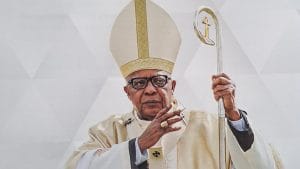
Pope
The Pope is the overall leader of the Catholic church in the world.
He is elected by the college of Cardinals below the age of 80, this following a resignation or a
death of a Pope. However, there is no term limit in the position.
The Pope rules the Catholic Church from the Vatican City where he is also considered as the
head of the state.
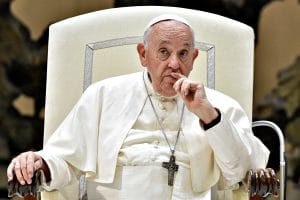
After being elected, the Pope chooses his own name. some choose names to honor previous
popes while other choose the names of saints they align with or hold dear.
Clergy in the Catholic church are strictly men. Nonetheless, women also play critical roles in the betterment of the church, as in the case for religious sisters.

